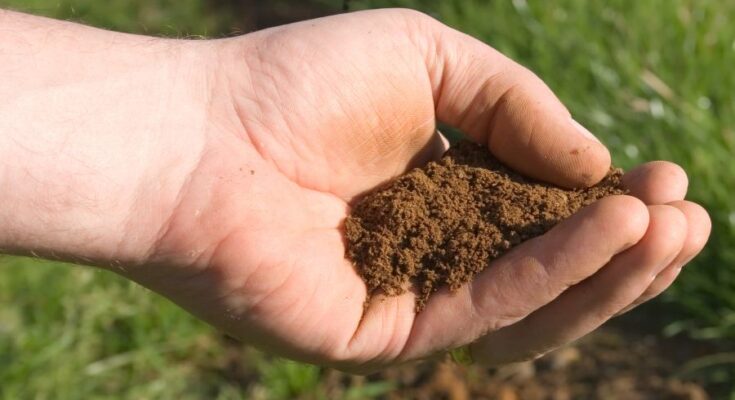Rome – The Food and Agriculture Organization of the United Nations (FAO) today launched two practical instruments designed to encourage soil organic carbon maintenance and sequestration, a key tool for climate action.
Carbon sequestration involves the removal of carbon dioxide from the atmosphere in the form of soil organic carbon (SOC), with the capture of CO2 in the soil seen as an effective way of reducing greenhouse gases. As soil rich in carbon is also healthier and more fertile, it can benefit farmers while helping meet the targets of the Paris Agreement on climate change and the Sustainable Development Goals (SDG).
The two products unveiled today, part of the RECSOIL (Recarbonisation of global agricultural soils) initiative, are a global map illustrating how much and where CO2 can be sequestered by soils — the GSOCseq, and a technical manual of good practices to sequester and maintain SOC stocks in soils.
“We must look for innovative ways to transform our agri-food systems to more efficient, inclusive, resilient and sustainable. Healthy soils are critical to achieving this,” FAO Director-General QU Dongyu told the opening session of the ninth Global Soil Partnership (GSP) Plenary Assembly.
As the decision-making body of the Global Soil Partnership (GSP), the GSP Plenary Assembly is where strategic decisions to boost the global soil agenda are taken. The Sept. 8-10 virtual gathering was taking place ahead of the UN Climate Change Conference COP26 in Glasgow later this year. Other key speakers attending the meeting remotely due to the Covid-19 pandemic included Víctor Manuel Villalobos Arámbula, Secretary for Agriculture and Rural Development of Mexico.
Practical tools for recarbonising global soils
The degradation of one-third of the world’s soils has already released up to 78 gigatonnes of carbon into the atmosphere, so further damage to soil carbon stocks through poor soil management would hamper efforts to contain a rise in global temperatures.
As the climate changes, it is likely that more carbon will be lost to the atmosphere than be sequestered into the soil if business-as-usual agricultural practices continue, resulting in a soil carbon-climate feedback loop that could further accelerate climate change. Of particular concern are hotspots such as peatlands, black soils, permafrost and grasslands, which contain the highest amount of soil organic carbon.
Managing soils in a sustainable way and rehabilitating degraded agricultural soils and grasslands can therefore help mitigate the impacts of the climate crisis and improve food security and nutrition. Healthy soils have proven to be not only more productive, but also more resilient to changing climate patterns and extreme events.
The GSOCseq launched today is the first country-driven global estimation of SOC sequestration potential around the world. The resulting map offers various layers of information, helping users visualise crucial data such as initial SOC stocks and predicted SOC stocks under various sustainable soil management and business-as-usual scenarios, as well as relative sequestration rates for each scenario.
You may also like: Severe drought threatens livelihoods of 7 million farmers in Afghanistan, FAO calls for urgent humanitarian assistance
According to this map, soils – if managed sustainably – can sequester up to 0.56 petagrams of carbon –or 2.05 gigatonnes of CO2 equivalent — per year, having the potential to offset yearly as much as 34 per cent of agricultural global greenhouse gas emissions.
The second product launched by FAO is a compendium of good practices for farmers on how to maintain SOC stocks and how to sequester CO2. The result of three years of collective effort by more than 400 specialists from around the world, the six-volume technical manual is the first attempt to collect good soil management practices supported by sound scientific data on the impacts of these practices on SOC content in a wide array of environments and land uses.
From crop rotation methods refined over thousands of years, to modern nutrient management techniques, the technical manual offers practical solutions for all kinds of terrains and situations.
While soils and soil health are well-rooted in the global agenda, tangible impacts remain an important challenge “for better production, better nutrition, a better environment and a better life for all, leaving no one behind,” Qu said.




